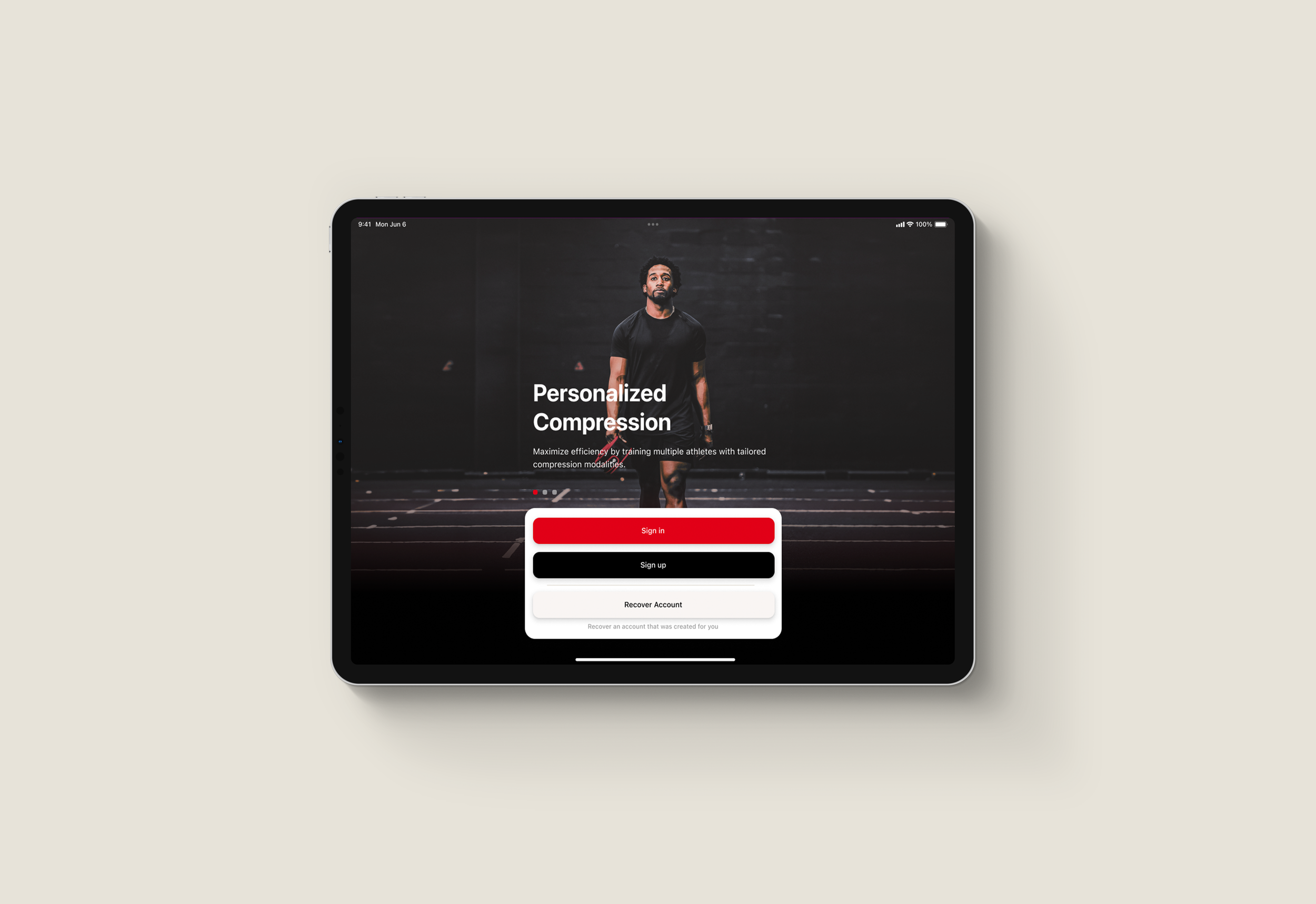Suji Teams Redesign: Helping Athletes Perform On and Off the Field
Transforming the Suji Teams app from its original MVP into a fully optimised product through end-to-end UX design. This case study covers the full redesign process — starting with a UX audit to identify pain points, followed by research, analysis, and strategy development to create a more intuitive, scalable, and user-centered experience. The project was validated through testing and iteration to align both user needs and business goals.
Overview VIDEO
Overview
Client
Suji BFR
Team
Stuart G (Product Designer)
5 x Software Developers & Testers
Duration
Jul 2023 - Jan 2024
My Role
User Research - Questionnaires & Product Research
UX Audit and Review
Development Roadmap Generation
Wireframe Lo-fi & Hi-fi Generation
Hi-fi Prototyping
Usability Testing and Feedback Sessions
Software Used
The Problem
Following the launch of Suji's direct-to-consumer app, Suji Teams required a full redesign to better serve its core audience of professional teams and athletes. The original MVP combined both personal and team-based training modes, creating unnecessary complexity and confusion for users. The dual-purpose approach diluted the app’s primary function, making it harder for teams to navigate, manage users, and complete essential tasks.
The challenge was to refocus Suji Teams solely on team-based training, streamlining the platform by removing the personal switch and simplifying key workflows. The goal was to deliver a more intuitive, frictionless experience that better aligned with the needs of coaches, athletes, and high-performance organisations — without compromising the powerful functionality behind the product.
Take a look at the redesigned Suji app below:
Research and Discovery:
Carry out a UX audit to uncover usability issues and friction points across the app.
Conduct competitor analysis to gain insights into best practices and identify opportunities for improvement.
Review user feedback and app analytics to highlight common pain points and prioritise areas for refinement.
Planning and Strategy:
Establish a clear project roadmap to guide the redesign process.
Define a focused feature set tailored to professional teams, removing the personal user functionality to simplify the platform.
Create a streamlined user journey framework to ensure core tasks are quicker and easier to complete.
Design and Experience:
Develop low-fidelity wireframes to map out simplified user flows and interactions.
Build high-fidelity prototypes to visualise and test the new app structure.
Design an updated interface with a cleaner, more consistent visual language.
Refine the app's information architecture to make navigation more intuitive for teams and coaches.
Validation and Testing:
Present designs to stakeholders at key milestones to gather feedback.
Conduct user testing sessions to validate design decisions and spot further areas for improvement.
Work closely with developers to ensure the final product is technically feasible and optimised for performance.
Collaboration and Iteration:
Collaborate with internal teams throughout the design and build process to maintain design consistency.
Continuously refine and iterate the app based on user insights and technical feedback.
The Goals
Product Research
The Solution
To redesign the Suji Teams app, I began by conducting a UX audit to identify key usability issues and pain points across the existing platform. This formed the foundation for the entire redesign process, helping to prioritise the areas that would have the greatest impact on the user experience. Alongside this, I carried out competitor and market research to understand how similar products were solving common user challenges, ensuring the new design would align with industry standards while offering a more streamlined experience.
With a clear understanding of user needs, I created a project roadmap to guide the redesign process — outlining key features, user journeys, and technical considerations.
The primary focus was to simplify the app by removing the personal switch functionality and restructuring the experience around team-based workflows.
Working closely with stakeholders and developers, I produced wireframes, prototypes, and high-fidelity designs to validate ideas and shape the app’s new structure. The design introduced a more intuitive navigation system, improved user management flows, and a refreshed visual language — all aimed at making the platform easier to use for teams, coaches, and athletes. Regular collaboration and user testing ensured that every decision aligned with both business goals and user needs.
iPhone Design
Feel free to scroll to the iPhone section if that is something your more interested in.
iPad Design
Or if an iPad design is more your thing, feel free to jump to that section below.
iPhone Design
〰️
iPhone Design 〰️
HI-Fi Wireframe
Extensive wireframes and UX flows were created for each section of the Suji Teams app. We started with lo-fi wireframe flow charts and changes these to hi-fi wireframes for developers to follow in the implementation stage. As there were so many wireframes completed over the period of time, I have uploaded a few screenshots as examples below.
Hi-fi Designs
The examples below showcase the latest UI designs for the Suji Teams app. As the project evolves, the design, UX, and functionality will continue to be refined through ongoing user research and feedback, ensuring the app meets the needs of professional teams and athletes.
video walkthrough of the Suji Teams iPhone App
Apple App Store Previews
iPad Design
〰️
iPad Design 〰️
Hi-fi Designs
The below examples shows the current UI design for the Suji App in both Dark and Light modes.
As this project is continuous the screenshots, design, UX will change overtime as we continue the UX consumer research.



























































































